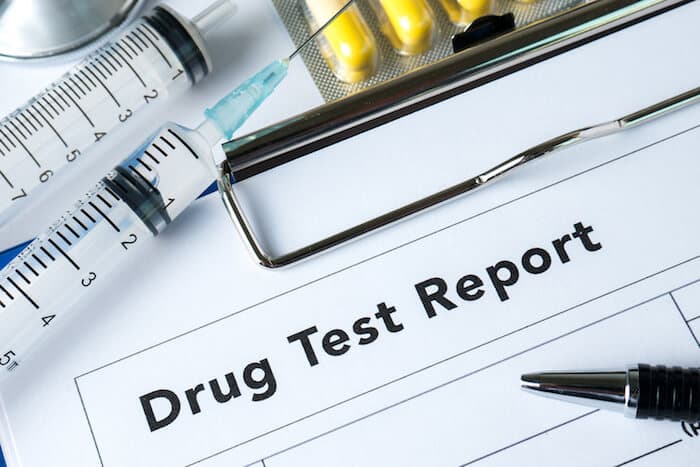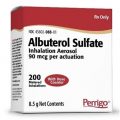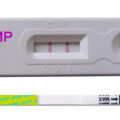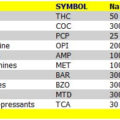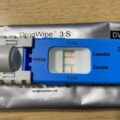What is a false positive?
A drug screen tests for the presence of certain illegal drugs and commonly misused prescription medications. A false positive means that the test has detected the presence of these substances in your body when you haven’t actually taken them.
Research conducted at Boston Medical Center shows that drug tests produce false positives in 5% to 10% of cases. Although this is not a high percentage, the consequences for failing a drug test could jeopardize your career, education, or job prospects.
What is a Methamphetamine?
Methamphetamine is a highly addictive and illegal psychostimulant drug that is similar to amphetamine. It is used for its powerful euphoric effects, which are similar to those of cocaine. It increases the levels of naturally occurring dopamine and norepinephrine in the brain. The effect lasts longer than with cocaine, it is cheaper, and it is easy to make with commonly available ingredients.
Street names for this drug include chalk, crank, ice, crystal, Tina, meth, and speed. Discovered in the late 19th century, amphetamine was first used as a nasal decongestant and a respiratory stimulator. During World War 2, methamphetamine — similar in structure to amphetamine — was used to keep military personnel alert and to improve endurance and mood.
In time, it became clear that methamphetamine was dangerously addictive. In the 1970s, the drug was added to the schedule II list of controlled substances. Methamphetamine is illegal except when it is prescribed by a physician for a very limited number of medical conditions. Methamphetamine is easy to produce and it is a potent drug, so it remains a serious drug of abuse. Long-term use is associated with devastating effects on the user and society.
What Can Cause A False Positive For Methamphetamines?
False positive for Methamphetamines is quite common because some amphetamine (AMP) and Methamphetamine urine immunoassay (IA) kits are prone to false-positive results due to poor specificity of the antibody according to a study published in the Journal of Analytical toxicology. Urine drug testing is frequently performed by immunoassay (IA) due to ease of use, rapid turn-around time and the ability to screen multiple drug classes. However, IA drug screens have limited sensitivity and specificity due in part to capture antibody cross-reactivity with structurally similar interfering compounds, producing false-positive results.
Methamphetamine has 2 isomers, d-methamphetamine and l-methamphetamine. The challenge most times for the laboratory is to differentiate between the d and the l isomer forms of methamphetamine. The “d” form is a prescription stimulant and appetite suppressant. The “l” form is available over-the-counter as the active ingredient of a specific Vick’s inhaler and is a metabolite of certain prescription medications. Both “d” and “l” forms test positive by both immunoassay and most confirmation assays.
For example, if donor were to claim that they had a methamphetamine positive because they used a Vicks inhaler, then the lab can order a d/l isomer separation to determine if the drug present in the specimen is at least 80% l-methamphetamine. If the specimen contains more than 20% d-methamphetamine, then the donor is to be considered positive for illicit methamphetamine use.
In addition a number of other medications and their metabolites can also cause false positive result for Methamphetamines they include;
Metformin: Metformin (Glucophage) is the most commonly prescribed oral medication for diabetes. Taking metformin may result in a positive test for amphetamine or methamphetamine.
Pseudoephedrine: Used for sinus and nasal congestion, pseudoephedrine (Sudafed) can be the cause of false positive tests for amphetamine or methamphetamine.
Labetalol: Labetalol (Trandate) is both an alpha- and beta-blocker drug used for blood pressure control. If you’re taking labetalol, you could have a false positive test for amphetamine, methamphetamine, or LSD.
Methylphenidate: Used to treat ADHD, methylphenidate (Ritalin) is a well-known cause of false positive tests for amphetamine or methamphetamine, and LSD.
Quinolone antibiotics: Quinolone antibiotics such as levofloxacin (Levid 500), ofloxacin and ciprofloxacin are commonly prescribed for urinary tract infections, pneumonia, and sinus infections among other things. Levofloxacin and ofloxacin are the most likely of these antibiotics to cause a false positive urine test for opiates. Ofloxacin has also been shown to cause a false positive test for amphetamine or methamphetamine. READ What Does M AMP Stand For On A Drug Test?


